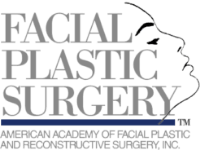If you’ve experienced facial injuries, burns, trauma or just have a naturally thin beard a hair transplant may be the best way to achieve the look you desire. Similar to hair transplant surgery, beard transplants can cover patchy areas and create a more natural, even look.
How Beard Transplants Are Performed
Beard transplants may be performed using follicular unit transplantation (FUT) or follicular unit extraction (FUE). FUE is preferable because it leaves no visible scarring at the donor site.
In this procedure, the surgeon extracts individual follicles from the back of the head where hair is thickest and most resembles the hair in your beard. Follicles are then transplanted into strategic incisions in the beard area.
Incisions are made at specific angles to ensure proper growth and a natural look once new hair begins to come in.
The Best Candidates for Beard Transplants
To qualify for a beard transplant, you must:
- Have enough viable follicles in the donor site, usually between 2,000 and 2,500
- Have only small bare patches or facial scars to cover
- Want to have a thicker, fuller beard than you currently have
What to Expect
You should see new growth appear from transplanted hairs within three to four months after the procedure. Unlike some other cosmetic treatments requiring follow-ups to maintain the desired appearance, beard transplants are a permanent solution.
If you are interested in learning more about beard transplants schedule a consultation with Dr. Bared today! You can also view his before and after photo gallery for beard transplants here.











